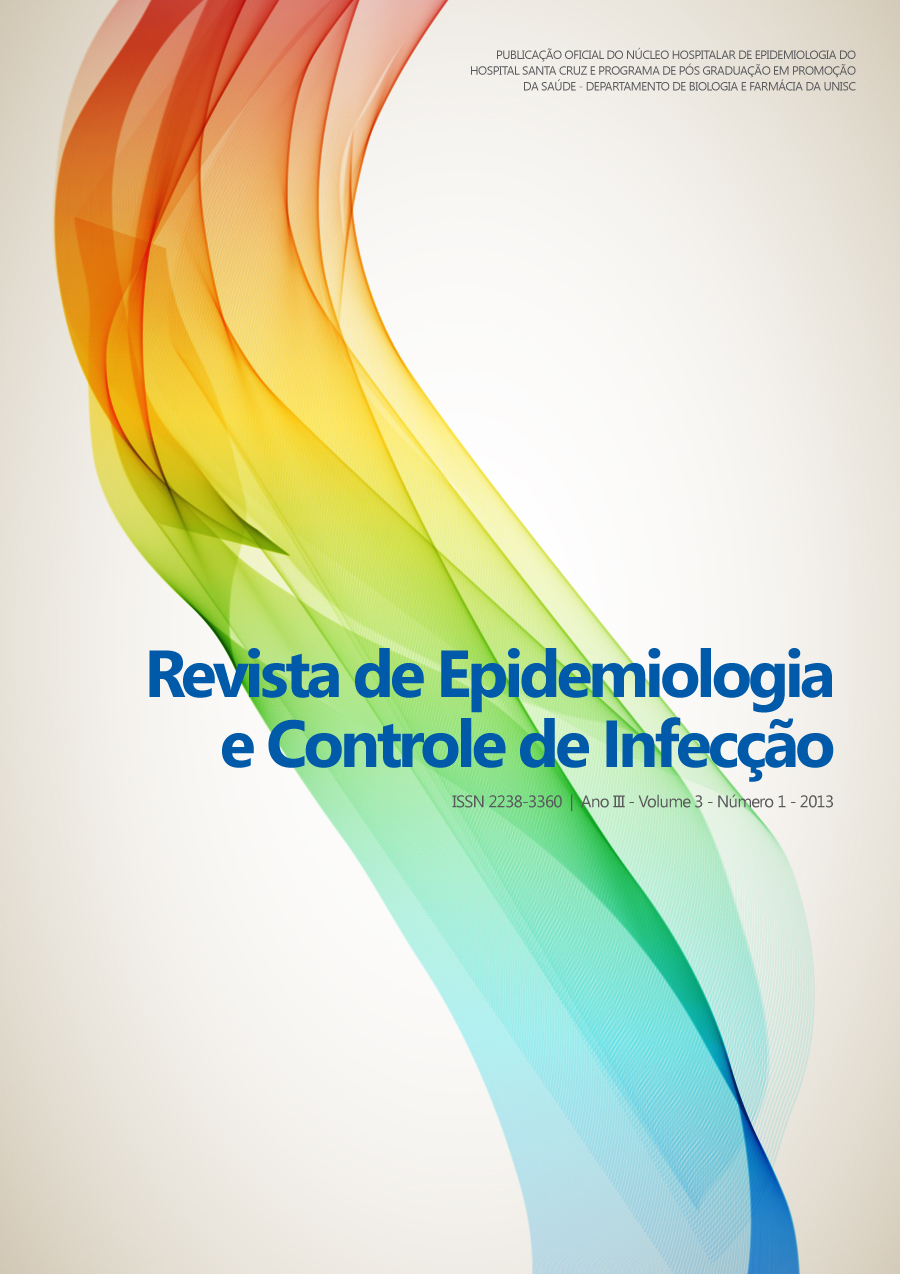Assessment of user embracement in a family health unit in Sítio do Cardoso, Madalena – Recife/PE
DOI:
https://doi.org/10.17058/reci.v3i1.2701Abstract
Backgound and Objectives: User embracement is now an essential aspect of the humanization policy, as it offers attention and qualifi ed listening to the Basic Health Unit (BHU) user. Considering the above, two preceptors from the Health Care Education Program (PET-Saúde/UFPE) (a physician and a nurse) from the Family Health Unit Sítio do Cardoso (USF) together with UFPE students performed this study while they participated in the Health Care Education Program (PET-Saúde/UFPE), to identify the importance of the user embracement to be implemented at USF, verifying the main healthcare demands and whether the users’ needs were met. Thus, the present study aimed to evaluate user satisfaction at the Sítio do Cardoso BHU in relation to user embracement implemented in the health unit. Methods: For that purpose, a directed questionnaire that contained items related to user’s opinion regarding embracement; the adopted conduct, reason and resolution of demand by the users and socio-demographic characteristics of the sample was used as tool. Data were analyzed in Microsoft Excel spreadsheet and the additional statistical program EZAnalyze (release 3.0). Results: Most participants (92%) answered that they preferred the BHU services with the implementation of embracement and in relation to satisfaction with the latter, it was classifi ed as good (58.5%) and only 2.5% considered it bad. The results corroborate the fi ndings of the scientifi c literature on user satisfaction in relation to the embracement. Conclusion: This comprehension can indicate both strategic and operational decisions that will contribute to the improvement of service quality.Downloads
Downloads
Published
How to Cite
Issue
Section
License
The author must state that the paper is original (has not been published previously), not infringing any copyright or other ownership right involving third parties. Once the paper is submitted, the Journal reserves the right to make normative changes, such as spelling and grammar, in order to maintain the language standard, but respecting the author’s style. The published papers become ownership of RECI, considering that all the opinions expressed by the authors are their responsibility. Because we are an open access journal, we allow free use of articles in educational and scientific applications provided the source is cited under the Creative Commons CC-BY license.


